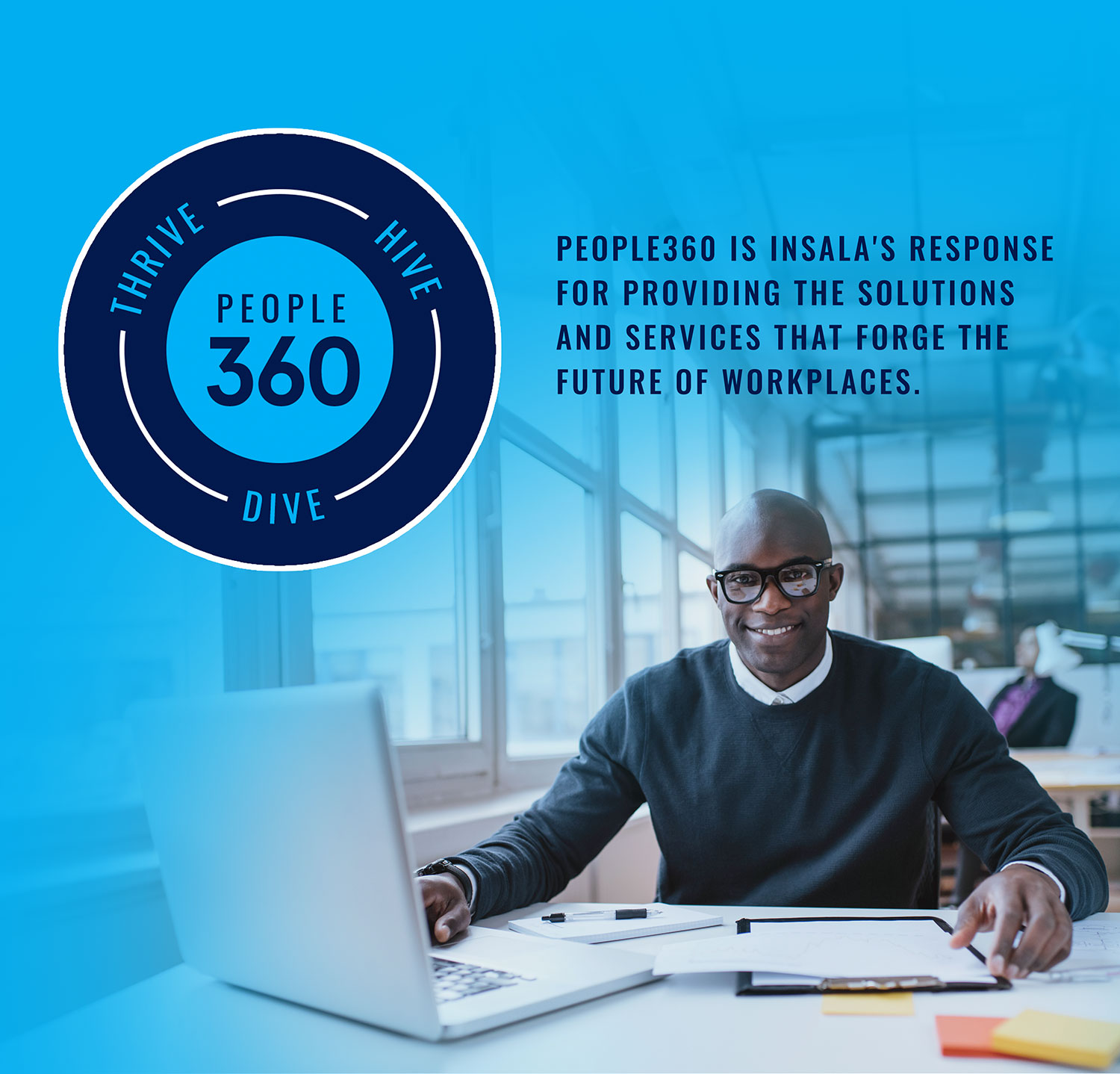How To Find The Right Mentor For You
How To Find The Right Mentor For You Having the guidance and ...
Read more
Traditional mentoring requires a senior-level employee mentoring a junior-level employee. The senior employee is expected to impart wisdom and knowledge on the junior, increasing employee engagement in the workplace. This type of mentoring is also used to increase employee retention rates and promote knowledge transfer.
While traditional mentoring may sound like it’s cross-generational, it’s not quite the same.
A simple definition for cross-generational mentoring is pairing a person from one generation with a person from a different generation. The goal of this pairing is mutual learning and growth. It seems simple enough, but the part that differentiates this type mentoring from traditional mentoring is “mutual learning and growth.”
Cross-generational mentoring allows both participants to act as the mentor and the mentee simultaneously. They both need to learn from each other for the dynamic to work.
Also, unlike traditional mentoring, cross-generational mentoring does not necessarily require an upper-level and a junior-level employee. Both participants can be uppers or juniors, they just need to be from different generations.
Like we mentioned, mentoring in the workplace provides tons of benefits like increased employee engagement and retention rates. However, cross-generational mentoring provides some specific benefits.
Within an organization, skill levels are varied between individuals. Some individuals have high-level skills and knowledge that others don’t. In fact, 80% of HR professionals agree that organizations are experiencing a skill gap in high-demand and soft skill areas.
Creating a mentoring relationship where multiple generations share their experiences, skills, and work practices allow skill gaps to be eliminated. This brings everyone to a higher level.
While other forms of mentoring can help eliminate skill gaps, cross-generational mentoring is especially helpful. It brings in tried-and-true skill knowledge from older generations, as well as new ideas and methods from others.
You’ve likely heard of generation gaps in the workplace. These gaps are often created by technology use, values, and views of the world. Cross-generational mentoring takes on these gaps head-first by opening communication between individuals with different views.
Mentoring also helps individuals become familiar with each generation’s differences and strengths. This mutual understanding can help bring these generations closer together and create a more positive and productive work environment.
It is no surprise that as the years continue to pass, new generations will enter the workforce. These new generations will have fresh ideas, new perspectives, and a lot of differences. Preparing for these inevitable changes within organization will make the workforce more cohesive and successful.
Since cross-generational mentoring focuses on generational diversity, it brings individuals together who may not have overlapped otherwise. This allows participants to expand their networks and get to know people outside of their circles.
Internal networking brings a sense of community into organizations. This can in turn result in higher individual satisfaction and an improved overall company culture.
Networking through cross-generational mentoring can also inspire referrals when it comes to promotion time. 82% of organizations say that employee referrals produce the highest ROI, making internal referrals that stem from mentoring a huge asset to the organization.
As the workforce continues to become more diverse, different generations are not only working together, but also learning from each other. It isn’t uncommon to see cross-generational mentoring taking place within larger mentoring programs.
But what is cross-generational mentoring in the workplace? It is different than traditional mentoring and requires a few specifications from the organization.
Participants will need specific guidance for their mentorships to work. They can’t just be let loose into relationships and get the necessary results. Organizations should provide training sessions to get all of the mentors and mentees started on the right page.
In the training, all participants should be reminded that they are mentors and mentees. This means they should spend roughly equal amounts of time talking as they do listening. Younger generations should be encouraged to take the role as mentor and older generations should be urged to listen as mentees.
The biggest matching requirement for cross-generational mentoring is participants from different generations. However, that is not the only requirement and a mentor matching strategy cannot be bypassed. It’s important to take into consideration other aspects besides generations when creating these mentorships.
Consider business objectives when building mentorships and make matches to optimize objective completion. Also consider mentoring software to assist with matching. Mentoring software can increase mentor matching success, in turn increasing the success of the overall program and the organization.


How To Find The Right Mentor For You Having the guidance and ...
Read more
How To Establish A Successful Corporate Mentoring Program
Read more
How Mentoring Is Helping Solve The Labor Shortage The labor shortage has become a pressing issue for businesses across industries, with ...
Read more
Now Is The Time To Start Your Mentoring Program In today's ...
Read more
7 Tips To Improve Your Corporate Mentoring Program Corporate ...
Read more

People360 is a pioneer and industry leader recognized by Global 1000 and Fortune 500 companies and associations internationally, for 28+ years as a leader in Career Management, Mentoring, Coaching, Career Transition, Alumni Software solutions and People Analytics.
© 2025 People360. All rights reserved. Privacy Policy